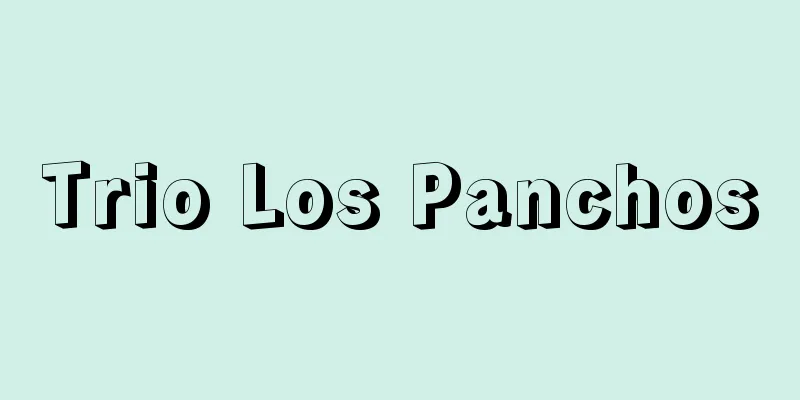animateur - animateur

|
...The first period was from the founding of the Théâtre du Vieux Colombier by J. Copeau in 1913 to the period between the two world wars when the four directors L. Jouvet, C. Durand, G. Pitoeff and G. Baty formed the "Quarter Cartel". The second period was the development of the Cartel's legacy by J. L. Barraud and the three events that occurred in the 1950s in parallel with this: the successful "popular theatre movement" and "regionalisation of theatre" by J. Villard, the emergence of the "absurd theatre of the 1950s" by E. Ionesco, S. Beckett, A. Adamoff and J. Genet, and the "Brechtian Revolution". The third period was the series of major "protests" that theatre experienced in the midst of the social and cultural crisis that was suddenly brought to light by the so-called "May Revolution" in 1968 (centred on the "theatre of the body" that spread under the sign of A. Artaud) and their consequences. *Some of the terminology that refers to "animateur" is listed below. Source | Heibonsha World Encyclopedia 2nd Edition | Information |
|
…第1は,1913年,J.コポーによる〈ビユー・コロンビエ座〉創設から,両大戦間におけるL.ジュベ,C.デュラン,G.ピトエフ,G.バティの4人の演出家による〈カルテル四人組〉の時代,第2は,J.L.バローによるカルテルの遺産の発展と並行して50年代に起きる三つの事件,すなわちJ.ビラールによる〈民衆演劇運動〉と〈演劇の地方分化〉の成功,E.イヨネスコ,S.ベケット,A.アダモフ,J.ジュネらの〈50年代不条理劇〉の出現,そして〈ブレヒト革命〉であり,第3の時期は,68年のいわゆる〈五月革命〉によって一挙に顕在化した社会的・文化的危機の中で,演劇が体験した一連の大きな〈異議申立て〉(A.アルトーの徴の下に広がった〈肉体の演劇〉を中核とする)とその結果である。 ※「アニマトゥール」について言及している用語解説の一部を掲載しています。 出典|株式会社平凡社世界大百科事典 第2版について | 情報 |
Recommend
Pastel - Pastel (English spelling)
A type of art material used in Western painting f...
Action movie
[Action films as the starting point of Japanese f...
Boshin Imperial Edict
This Imperial Rescript was issued on October 13, ...
Biei [town] - Biei
A town in Kamikawa District, central Hokkaido. It ...
selective erosion
...Also, valleys are easily excavated in fault zo...
Nouami
Year of death: Bunmei 3 (1471) Year of birth: 1397...
Areotome - That maiden
...This was a festival to invite the god of Kifun...
Claim - assertion
[noun] ① To push forward as the leader; To maintai...
Lewis, MR
…This demonstrated that animal cells have the abi...
Base - Kitei (English spelling) base
Also known simply as a base or basis, this name is...
Misfortune - Yaku
〘noun〙① Misfortune. Misfortune. Calamity. Disaster...
Ryukyuan language - Ryukyugo
Among the languages that developed from the ori...
Agapornis cana (English name) Agaporniscana
…Parakeet [Takashi Saito]. . . *Some of the termi...
Microscope - Kenbikyo (English spelling) microscope
A device that allows observation of a magnified i...
O'Neill, S.
…Together with the O'Donnells, they resisted ...









